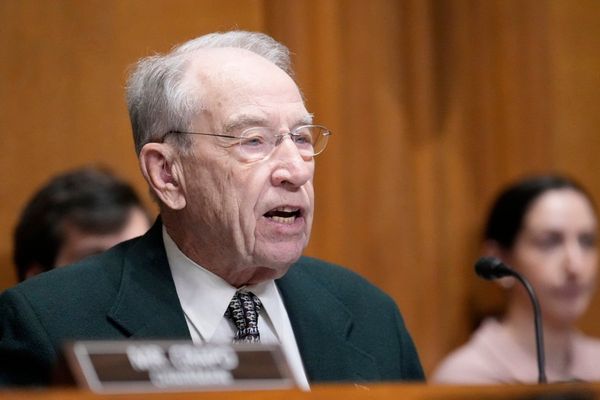
With the government experimenting with the tax system in energy markets to boost revenues and step up availability in local market, industry watchers said investor sentiment in the capital intensive business could take a hit with the hefty tax on profits.
The concerns have cropped up amid a buzz about talks within the government regarding a similar tax on locally produced gas.
ALSO READ: Russia defaults on LNG supplies to India: Report
An executive with a gas producing company said that additional tax would impact the businesses adding that prices have somewhat eased from the recent record levels.
The tax, if imposed, would be effective on the gas which is outside the ambit of administered pricing mechanism (APM), which accounts for nearly 50% of India’s domestic produce. Centre follows a pricing system comprising of APM and non-APM or free-market gas. The first is sourced from domestic gas fields managed by the public sector oil and gas majors, and its price is determined by the Petroleum Planning and Analysis Cell (PPAC), reporting to the Ministry of Petroleum and Natural Gas (MoPNG).
The non-APM gas is sourced either from joint venture fields, private players or through imports. Its price trend usually moves in tandem with international prices.
If pushed through, the tax may fetch the government around ₹20,000-25,000 crore in the ongoing financial year, analysts said.
Windfall tax shows how effectively the government can intervene in the market and recover a part of corporate profits. The pricing regime allows oil producers to charge international price while transferring oil to refineries, who in turn recover international price of petrol and diesel from consumers, rather than going by a cost-plus formula.
This allows the government to intervene in the market with a windfall tax to mop up any extra margin that oil producers make when global prices go up. Although dividends allow government to recover part of profits from state-owned oil companies, dividends have to be issued to all shareholders, not just the majority shareholders.
A windfall tax thus becomes the most effective tool for revenue mobilization across public sector and private sector companies. The government hopes producers will cut down their margins so that the tax does not affect downstream refiners, who also have the option to tap imports that are outside the purview of the windfall tax.
Queries sent to the spokespersons of PMO, finance ministry and the ministry of petroleum and natural gas remained unanswered till press time.
International gas prices currently stand at twice the levels recorded at the start of the year. The benchmark Henry Hub future contract of natural gas is currently at $7.26 per metric million British thermal unit, against $3.82 on 3 January, the first trading day of the year. The prices have, however, eased from the highs reached last month. On 6 June, the natural gas futures contract rose to a high of $9.32 per mmBtu.
The surge in oil and gas prices came of late largely on the back of the Russia-Ukraine conflict and concerns over supply risks from Russia. Russia caters to a significant portion of Europe’s gas requirements. Prices surged further on Monday after Russia’s energy giant Gazprom threatened to cut supplies to Europe and said that due to unforeseeable circumstances it is not in a position to comply with gas contracts in Europe.
Further, India’s natural gas production has largely been on the rise of late amid government’s efforts to achieve self sufficiency. In FY22, natural gas production in the country rose 18.7% to 34 billion cubic metres. Domestic natural gas meets around 45% of the country’s gas requirement.
On 1 July, the government imposed a special additional excise duty of ₹23,250 per tonne on the sale of locally produced crude oil, sending stocks of oil producers tumbling.
Revenue Secretary Tarun Bajaj had said after the imposition of the tax that it be reviewed every 15-days factoring in the foreign exchange rate and global crude prices, among other factors.
The tax was imposed as crude oil prices soared after the Russia-Ukraine war broke out, earning large profits for oil producers. Domestic producers sell crude to refiners at prices benchmarked on international prices. The bellwether Brent crude prices were largely at multi-year high levels since February till two weeks back when the tax was imposed.
A recent report by CLSA said that post the imposition of the tax crude oil prices have declined significantly from the peaks seen in June leading to need for the the continuation of the windfall tax.
“We expect a rethink in one of the fortnightly reviews promised by the government if current prices continue," it said.







